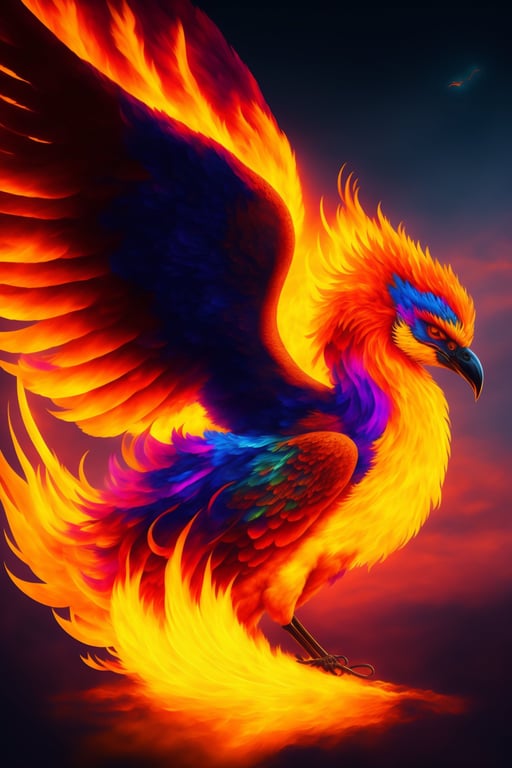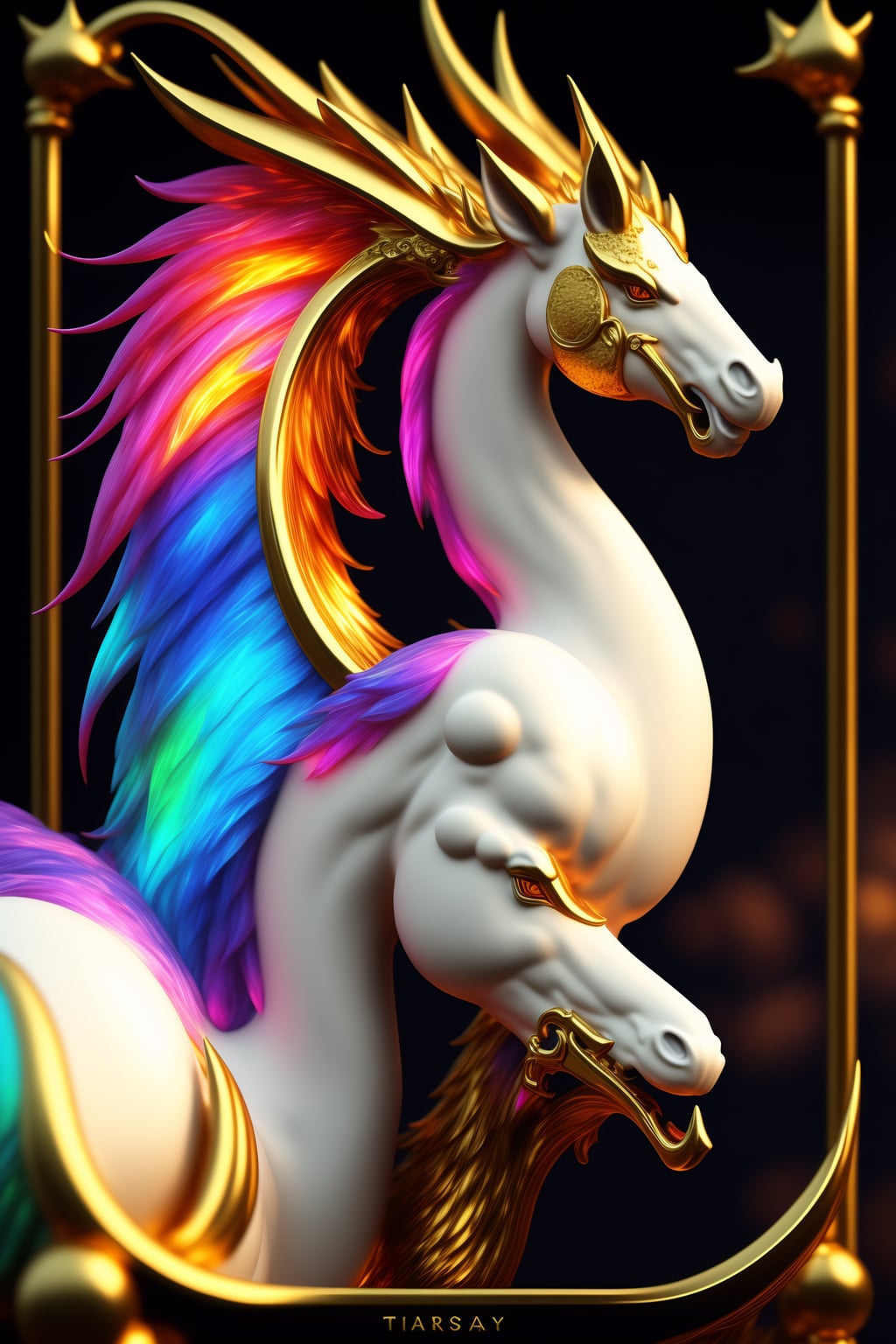Exploring the History and Origins of Mythical Creatures
Mythical creatures have been an important part of human culture and imagination for centuries. From the majestic dragons of ancient China to the fierce minotaurs of Greek mythology, these creatures have captured the hearts and minds of people across the globe. In this blog post, we will explore the history and origins of mythical creatures, tracing their development through time and across different cultures.
The origins of mythical creatures can be traced back to the earliest human civilizations. In many ancient cultures, these creatures were believed to possess supernatural powers and were often worshipped as deities. For example, the Egyptians revered the sphinx as a symbol of protection, while the Greeks worshipped the winged horse Pegasus as a messenger of the gods. In many cases, these creatures were believed to have been created by the gods themselves, making them an integral part of religious mythology.
Over time, these mythical creatures began to take on more complex roles in society. In some cultures, they were used as symbols of power and strength, such as the Chinese dragon, which was often used as a symbol of the emperor's authority. In other cultures, they were used to convey moral lessons or teach important values, as with the phoenix, which was often seen as a symbol of rebirth and renewal.
One of the most famous examples of mythical creatures in history is undoubtedly the unicorn. This magical creature, with its spiral horn and graceful appearance, has captured the imagination of people across the world. While the origins of the unicorn are not entirely clear, it is believed to have originated in ancient Persia, where it was worshipped as a symbol of purity and innocence. Over time, the unicorn became a symbol of chivalry and nobility in European culture, appearing in countless works of art and literature.
In many cases, the origins of mythical creatures can be traced back to the natural world. For example, the sea serpent, which appears in numerous legends and myths around the world, is thought to have been inspired by real-life creatures such as giant squids or sea snakes. Similarly, the griffin, with its lion-like body and eagle-like wings, may have been inspired by the natural world, as it resembles a combination of two powerful predators.
In recent years, mythical creatures have continued to capture the imagination of people around the world. From the popularity of fantasy novels and movies to the rise of online gaming and virtual reality, these creatures have become an important part of modern popular culture. At the same time, researchers and scholars continue to study the history and origins of these creatures, seeking to understand the deeper meaning and symbolism behind them.
In conclusion, the history and origins of mythical creatures are a fascinating topic of study. From their earliest origins as divine beings in ancient cultures to their more recent appearances in modern popular culture, these creatures have captured the hearts and minds of people across the globe. Whether as symbols of power, strength, or wisdom, they continue to inspire and captivate us today.
One interesting aspect of mythical creatures is the way they often reflect the values and beliefs of the societies that created them. For example, the werewolf, a creature that is part human and part wolf, has been a popular myth in many cultures for centuries. In some societies, the werewolf was believed to represent the darker, more animalistic aspects of human nature, while in others it was seen as a symbol of transformation and spiritual growth.
Another fascinating aspect of mythical creatures is their ability to transcend cultural and geographic boundaries. Many mythical creatures, such as dragons, unicorns, and mermaids, appear in stories and legends from different cultures around the world. This suggests that there may be universal human themes and archetypes that these creatures represent, such as the struggle between good and evil or the search for transcendence and spiritual enlightenment.
The study of mythical creatures also raises important questions about the nature of human belief and imagination. Why do people across different cultures and time periods create and believe in these creatures? What psychological and cultural factors contribute to the development and propagation of these myths? These are questions that scholars and researchers continue to explore, using disciplines such as psychology, anthropology, and folklore studies.
Overall, the history and origins of mythical creatures offer a rich and fascinating glimpse into the human imagination and the way in which societies create and transmit cultural values and beliefs. From the majestic and awe-inspiring to the frightening and monstrous, these creatures continue to captivate and inspire us today, reminding us of the power of myth and storytelling in our lives.
In conclusion, the history and origins of mythical creatures are a testament to the enduring power of human imagination and creativity. These creatures have played a vital role in shaping the cultures and beliefs of societies throughout history, and continue to inspire and captivate us today. Whether we see them as symbols of power, wisdom, or transformation, they offer a rich and fascinating window into the human psyche and our shared cultural heritage. As we continue to explore and study these creatures, we deepen our understanding of ourselves and our place in the world, and discover new depths of meaning and insight in the stories and myths that have shaped our lives.
========================================================================
Keywords = mythical creatures, history, origins, Chinese mythology, European folklore, dragons, mermaids, cultural beliefs, symbolism, evolution, myths, legends, cultural traditions, storytelling, symbolism in myths, creatures in mythology, mythical beasts, legendary creatures, mythical creatures in art and literature, mythology and culture



Comments
Post a Comment